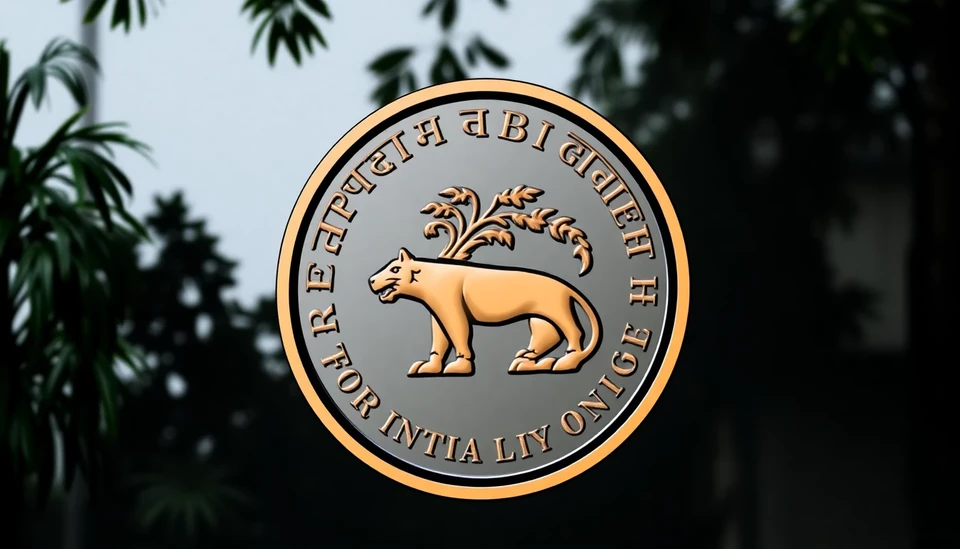
The Reserve Bank of India (RBI) has recently unveiled its forecast for economic growth in the country, presenting a surprisingly optimistic outlook that has left many financial experts scratching their heads. Despite global uncertainties and local challenges, the central bank predicts that India's economy will grow at a robust rate over the next year—a projection that contrasts sharply with various external assessments and individual forecasts.
In its latest monetary policy review, the RBI maintained a growth forecast of 6.5% for the fiscal year starting April 2024. This figure is significantly higher than the projections made by international organizations such as the International Monetary Fund (IMF) and World Bank, which suggest a more cautious economic environment ahead. Economists had anticipated a more tempered forecast given the recent headwinds impacting the global economy, including inflationary pressures and geopolitical tensions.
One key reason behind the RBI's optimistic stance stems from the robust domestic demand observed in various sectors. A strong revival in consumer spending, aided by a rebound in public investment, and ongoing structural reforms have contributed to a resilient economic backdrop, according to the central bank. However, critics argue that the RBI's confidence may overlook underlying weaknesses—such as inflation risks and potential cuts in global demand—factors that could significantly impact India's growth trajectory.
Analysts from major financial institutions have expressed skepticism regarding the RBI’s growth forecast. Many highlight that despite positive trends in specific sectors, the overall economic picture remains precarious. The potential for interest rate hikes and rising commodity prices are listed among the concerns that could hinder momentum. For instance, inflation has remained above the RBI's target range, raising questions about the sustainability of the predicted growth.
Moreover, the RBI's projection comes at a time when economists are closely monitoring external factors, such as the performance of major global economies and their respective impacts on India’s export-driven sectors. Trade relationships with key partners and volatility in oil prices are critical aspects that could dramatically alter the growth landscape, leaving many to wonder if the central bank's forecast is overly optimistic.
The fiscal policies aimed at supporting growth have also come under scrutiny. While increased public spending, particularly in infrastructure, has been a core element of the government's strategy, there are apprehensions regarding fiscal discipline and the long-term viability of such measures amid rising public debt levels.
Overall, the RBI’s confident growth forecast highlights a divergence of perspectives between the central bank and a majority of economists. As the financial landscape continues to evolve, many experts will be monitoring subsequent data releases and economic indicators closely to gauge whether the RBI’s predictions will hold true or if a course correction may be necessary.
As India navigates its economic path, the balance between fostering growth and managing risks will remain a pressing challenge for policymakers and stakeholders alike. The coming months will be crucial as they could either validate the RBI’s optimistic outlook or reveal vulnerabilities that need to be addressed.
#IndiaGrowth #ReserveBankOfIndia #EconomicForecast #GlobalEconomy #FinanceNews #Economists #CentralBank #Inflation #PublicInvestment #ConsumerSpending
Author: Rachel Greene




